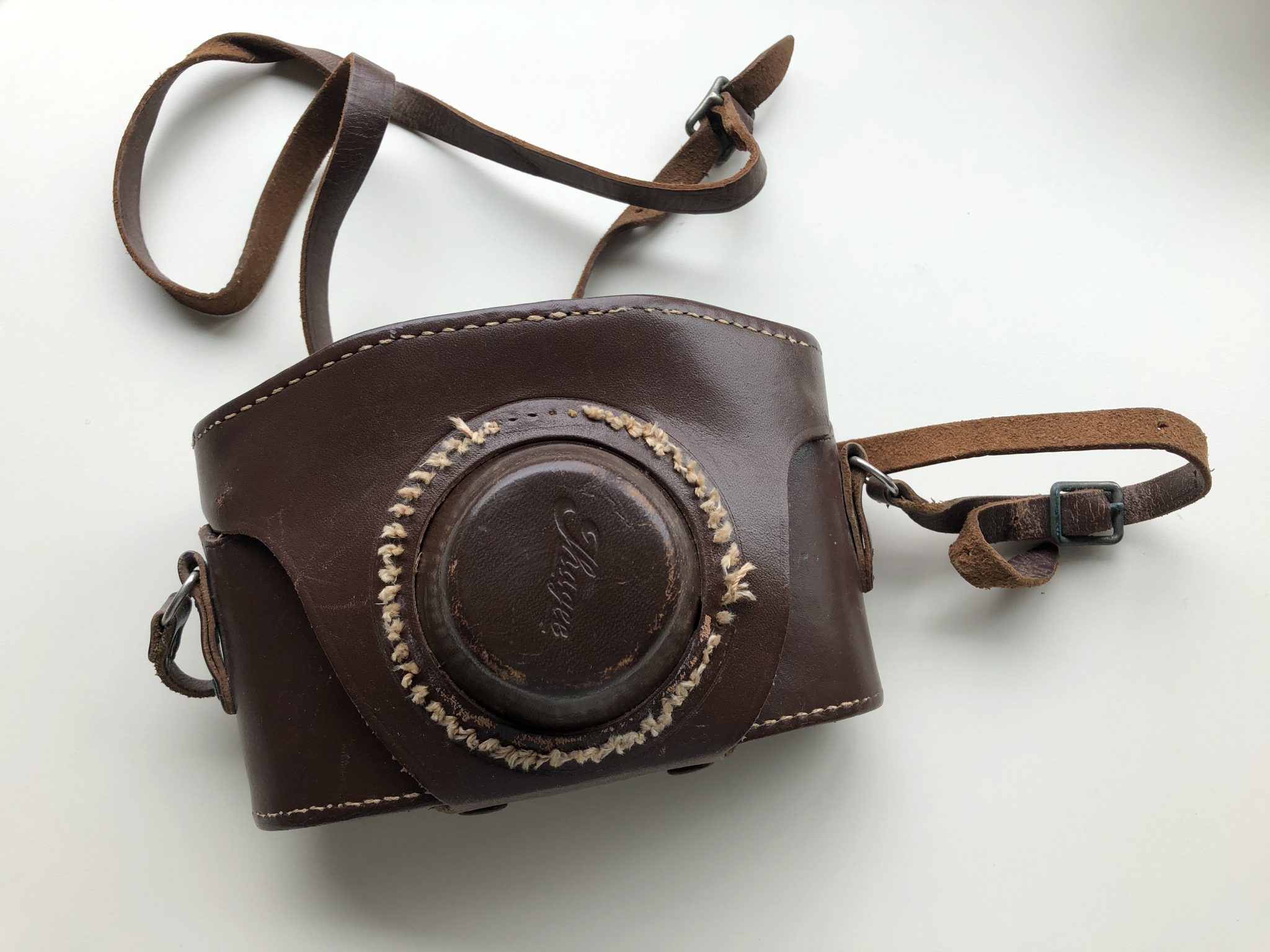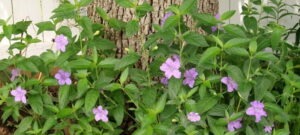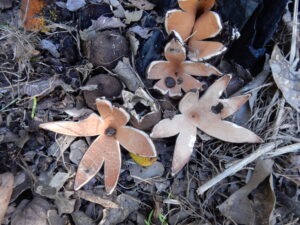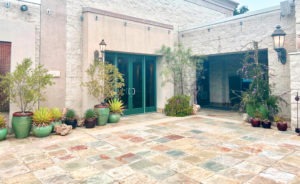
In early March, one of Eula Whitehouse’s family members, Kenneth Lawrence (her great-nephew) sent BRIT Library her field camera as a gift to be included with her collection in the Library’s archive. The type of camera that Whitehouse used while collecting plant specimens in the field was an Exakta camera. This was the first single-lens reflex (SLR) camera produced by Lhagee Kamerawerk, in Dresden, Germany (1933).

In 1954, Eula Whitehouse was appointed Curator of Cryptograms (algae, ferns, fungi, lichens, liverworts, and mosses) at the SMU herbarium, a position she held until retiring in 1958. During this time she traveled extensively. She collected mosses in Africa in 1953, botanized on an around-the-world trip in 1954, traveled and collected in Hawaii in 1955, and studied mosses and liverworts at the University of Washington in 1956. Her collections include specimens from Australia, New Zealand, Cyprus, India, Singapore, Fiji, and Mexico.
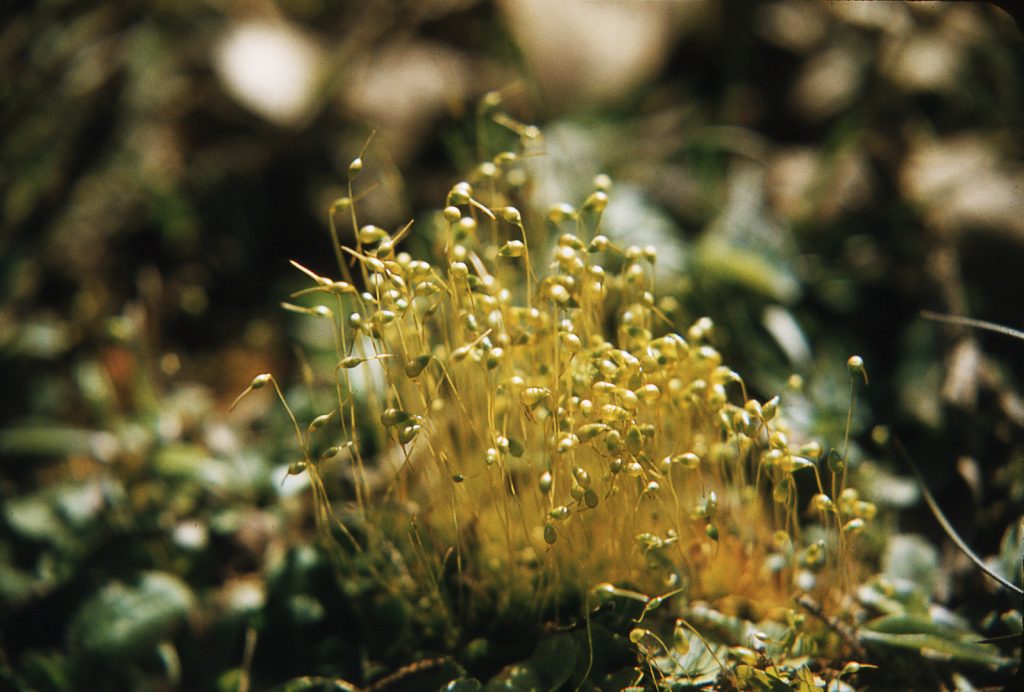
Dr. Whitehouse is responsible for thousands of the specimens and books that serve as the core of BRIT Library and Herbarium. With the SMU collection (450,000 specimens and 75,000 books), which Whitehouse’s archive was originally part of, BRIT gained one of the best collections of Texas bryophytes, including the vouchers for the The Mosses of Texas (Whitehouse & McAllister 1954).
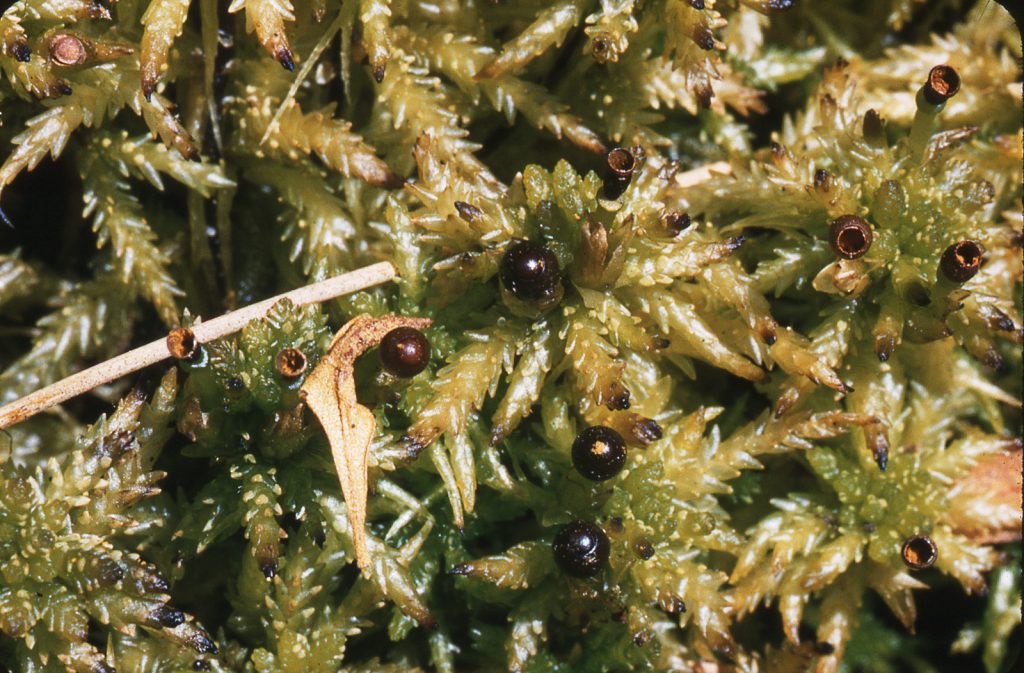
Above is a field photograph of a Sphagnum moss in fruit, which was collected by Whitehouse at Griggs Mill Pond, in Newton County, Texas on May 13, 1956.

